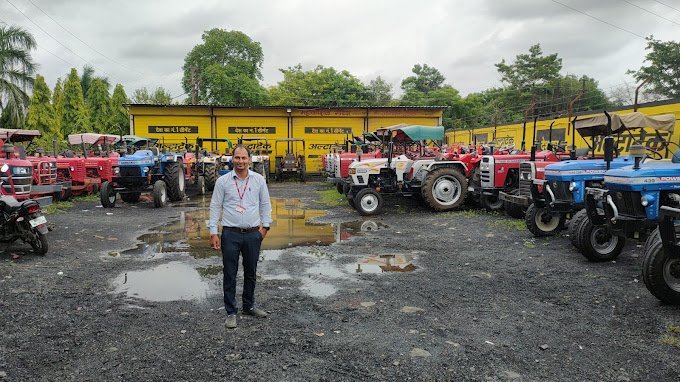Seizing a Tractor: Essential Steps and Legal Considerations
Tractor Factory is the most trusted way of buying and selling used tractors. Choose from over 40 fully inspected second hand tractor models. Select online and book a test drive at your home or at a Tractor Factory Hub near you.

When it comes to the process of seizing a tractor, there are specific procedures and legal frameworks that must be followed to ensure a smooth and compliant operation. Tractor seizures often occur in situations where the equipment is used as collateral for a loan, and the borrower defaults on their payment obligations. Understanding the steps and legal considerations can help both lenders and borrowers navigate this challenging situation.
- Legal Grounds for Seizure
The primary reason for seizing a tractor is typically due to non-payment on a loan. When a tractor is used as collateral, lenders have the right to reclaim the asset if the borrower fails to meet their payment obligations. However, this action must be backed by a valid contract or agreement that clearly outlines the conditions under which the tractor can be seized. Lenders should ensure that all terms are documented and legally enforceable.
- Pre-Seizure Process
Before proceeding with the seizure, lenders usually issue multiple notices to the borrower, reminding them of overdue payments. These notices serve as warnings and give the borrower a chance to clear their dues. If the borrower does not respond or fails to make the payments, the lender may proceed with legal action. It is crucial for the lender to have clear communication records to show they attempted to resolve the issue amicably.
- Involving Legal Authorities
Depending on the region and local laws, lenders may need to involve legal authorities or courts to execute a tractor seizure. In some cases, a court order is required before seizing the asset, while in others, lenders might have the right to reclaim the equipment without legal intervention. Understanding the local regulations is essential to avoid potential legal disputes or penalties.
- Physical Seizure of the Tractor
Once all legal prerequisites are met, the lender can proceed with the physical seizure of the tractor. It is advisable to carry out this step professionally and peacefully, avoiding confrontational scenarios. Hiring professionals who specialize in asset recovery can help ensure that the process is handled efficiently. Additionally, it’s important to verify the condition of the tractor and document it to avoid future disputes.
- Post-Seizure Procedures
After the tractor is seized, lenders may choose to sell it to recover the outstanding loan amount. This sale process should be conducted transparently, often through auctions or direct sales. Before selling, the lender must ensure that the borrower is informed about the sale, giving them a final chance to settle the dues and reclaim their equipment.
Conclusion
Seizing a tractor is a process that requires careful legal consideration, clear communication, and professional handling. Lenders must ensure they follow all legal protocols to avoid any complications, while borrowers should understand their rights and obligations to prevent asset loss. By following the correct procedures, both parties can navigate this process with minimal friction.
What's Your Reaction?

















